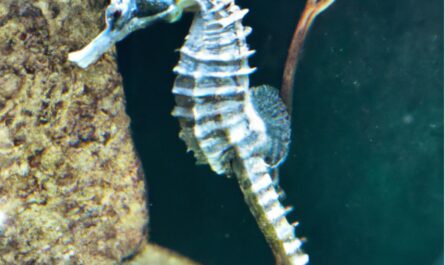Eating seagulls is a topic that raises questions and controversy. While it is not a common dish in most countries, some communities around the world have been consuming seagulls for centuries. In this article, we will delve into the pros and cons of eating seagulls, so you can decide weather it is something you would consider trying for yourself.

Can you eat a seagull?
Yes, you can eat a seagull. There are several reasons not to including the health risks, poor taste, and legal implications. But if you were in desperate need of sustenance and you were able to catch a seagull they are a viable food source with a high protein content that can provide some of the vital nutrients you need to survive.
The Health Risk of Eating Seagulls
Seagulls live in a dirty environment and so eating them can carry risks. They feed on waste and garbage, which can lead to contamination of their meat with heavy metals, chemicals, and other toxins. These substances can accumulate in the bird’s tissue and pose a risk to human health if ingested. Seagulls are often found near industrial and coastal areas, where they may come into contact with pollutants such as oil spills and chemical waste which can also accumulate in their flesh.
Finally, similarly to other birds seagulls can carry and transmit various diseases, such as avian influenza and salmonella. These diseases can be killed with proper cooking but pose a serious health risk to humans if the raw meat is improperly handled or not cooked thoroughly.
What Does Seagull Taste Like?
The meat of animals picks up some of the taste of the foods the animal eats. Since seagulls live off rotten fish and garbage seagull meat does not taste the best. Seagulls do not have much meat on their bones and the meat they do have is tough and rubbery. Generally, the older a seagull is the fishier it tastes and the tougher the meat is so if you do have to eat a seagull it’s better to eat a young one.
How to Prepare a Seagull
If you have to eat a seagull here are the steps in which to prepare it.
- Cleaning: Begin by cleaning the seagull meat thoroughly, removing any feathers, bones, and internal organs. Removing the bird’s intestines completely is important as this will dispose of any toxic substances the bird has eaten recently and lessen the impact of the bird’s diet on the taste of its meat.
- Rinse the meat under running water to remove any dirt or debris.
- Marinating: Marinate the seagull meat in a mixture of lemon juice, garlic, salt, and pepper for several hours to help reduce any unpleasant flavors and tenderize the meat.
- Cooking: Once the meat has been marinated, heat a pan over medium-high heat and add a small amount of oil. Sear the seagull meat on both sides until golden brown. Then, reduce the heat and continue to cook the meat until it is fully cooked through, reaching an internal temperature of 165°F (74°C)
Extra Tips and Ticks
- Soaking the meat in milk or brine before cooking to help tenderize it and remove some of the gamey flavor.
- Braising or stewing the meat to help break down the tough connective tissue and make it more tender.
- You can use vinegar as a marinade in place of the lemon marinade I suggested. The important part is that the marinade includes an acidic ingredient to help tenderize the meat.
- Avoid overcooking the meat, as this can make it tough and dry.
Where is Seagull Eaten Today?
in some coastal communities, seagulls have been a traditional food source for centuries. In Iceland, for example, seagulls have been a traditional food for the indigenous population for hundreds of years. In other parts of the world, such as in some Indigenous communities in Australia and Canada, seagulls are also a traditional food source.
In some restaurants in Turkey, you can order a seagull kebab. This is offered as a cheaper option to chicken.
How to Catch a Seagull
Is it Legal to Eat a Seagull in the USA?
In the United States, it is generally legal to eat seagulls. However, due to The Migratory Bird Treaty Act you require a permit to hunt, kill or possess migratory bird species, including seagulls. This law is enforced by the U.S. Fish and Wildlife Service and applies to all seagull species found in the U.S., including the herring gull, western gull, and glaucous-winged gull.
Permits may be issued for subsistence hunting or for indigenous communities to use seagulls as a food source. Some states may have additional regulations or restrictions on hunting seagulls, so it is important to research the laws in your area before considering eating seagulls.
Conclusion
In conclusion, you can eat a seagull but there are plenty of reasons you might not want to. If you do decide to eat one we have a guide to catching and preparing your gull.


